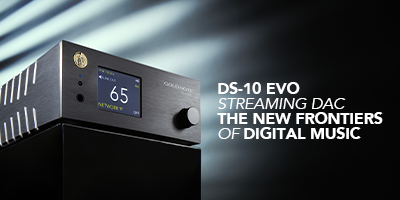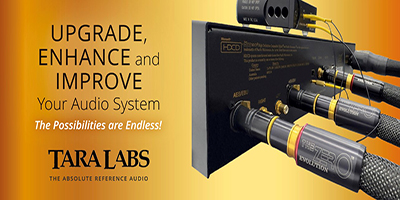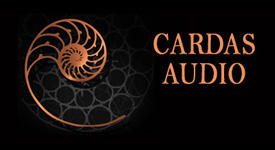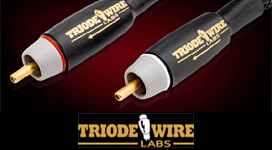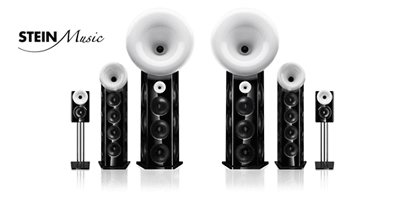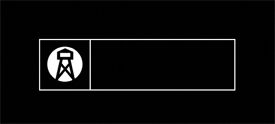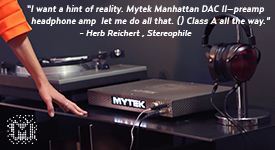At this point Frederik got started on building the pure copper Duelund CAST 10.5uF capacitors and 3.5mH inductors he had recommended for this project, which would turn out to be a serendipitous recommendation that brought the best out of the N800E circuit and the Coronas.
I was unsure about what resistors I might need for the high-frequency resistance network, so I asked Frederik to hold off on the resistors while I figured out what to do.
When I first looked at the N800E schematic it seemed like I should be able to just replace the entire high-frequency resistive network with an L-pad to maintain the adjustability of high-frequency attenuation I desired.
Then I began to doubt that, wondering if there should be some sort of resistance network in front of the L-pad.
I was confused about what to do, so I contacted Pete Riggle (Pete Riggle Audio Engineering), to see if he could advise me, as Pete builds a lot of crossovers for Altec loudspeaker projects.
The N800E crossover turned out to be a new one for Pete, so he did a little computer modeling with SPICE, the open-source analog electronic circuit simulator, to figure out what to do about the resistance network. Thanks, Pete!
Pete told me, "I simulated the E circuit (Corona speaker) crossover and found the crossover point to be 831 Hz with a 5 dB response bump centered at the crossover point. The perceived bump would be about 2 dB because the pressure waves from the woofer and tweeter do not combine in a correlated way.”
After Pete looked over his simulation results, he told me, "This implies that an L-pad could be used without a resistor network to provide attenuation up to 5.6 dB."
5.6 dB of possible attenuation was right in the ballpark of the 6 dB of possible attenuation built into the N800E crossover, and more than the 1.5 to 3 dB of attenuation I typically used, so I made the decision to try eliminating the entire N800E high-frequency resistance network and replace it with an L-pad.
One can't eliminate the high-frequency resistance network in just any crossover, as sometimes it's necessary for getting good integration of the drivers, but in the case of the N800E you can, as its only function is high-frequency attenuation.
Pete’s idea of eliminating the Altec adjustable high-frequency resistor network and replacing it with an L-pad turned out to be another major serendipitous moment in this project, and would end up being important for realizing the ultimate performance the N800E crossover circuit is capable of.
At this point, I let Frederick know I wouldn’t need any resistors while I investigated the approach of eliminating the N800E high-frequency resistor network and replacing it with an L-pad.
Please click on the link below to go to the next page.

